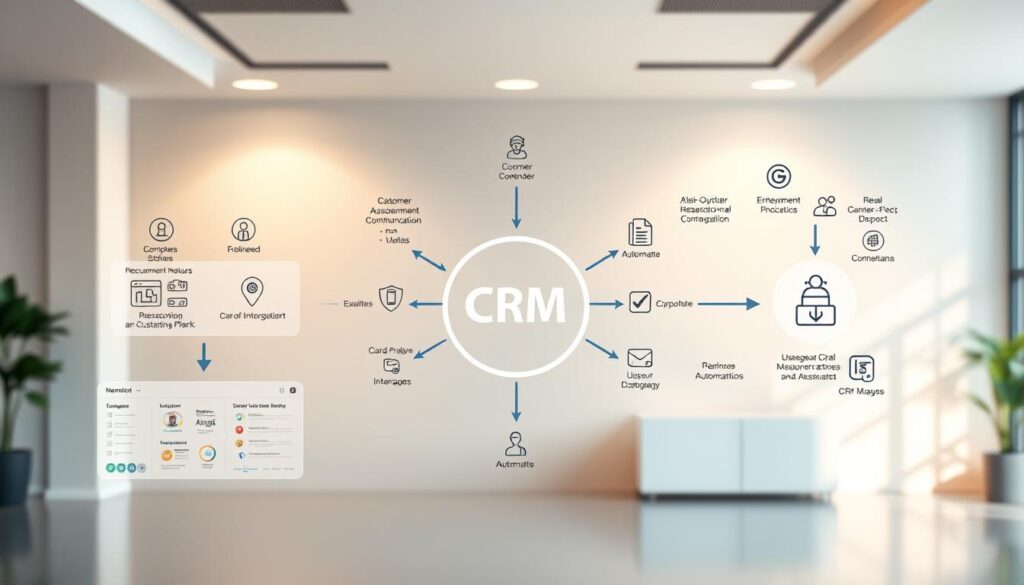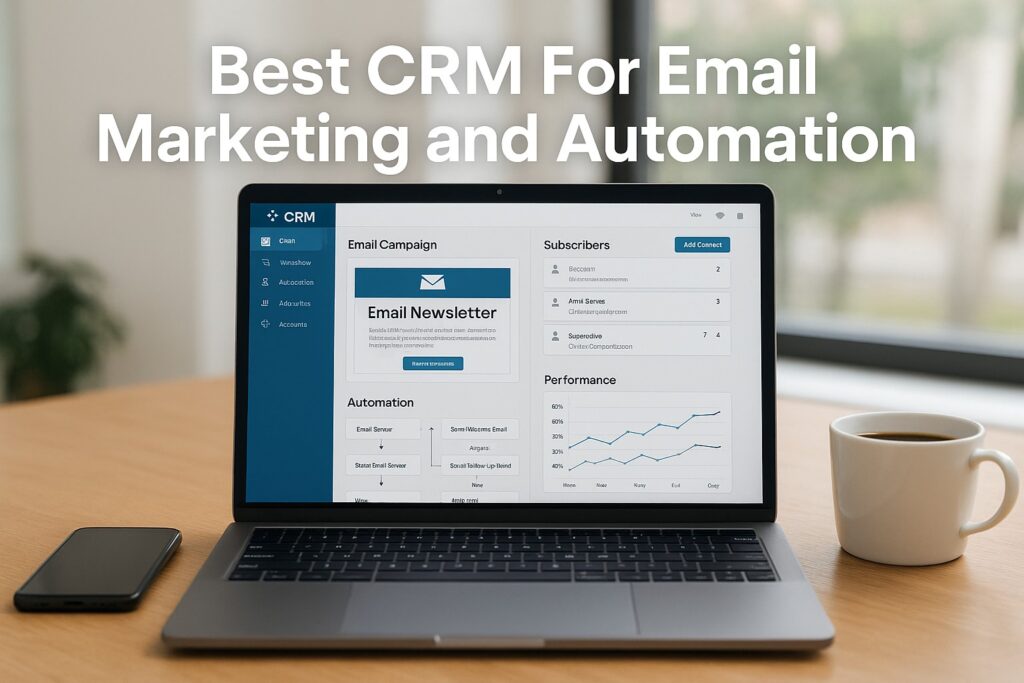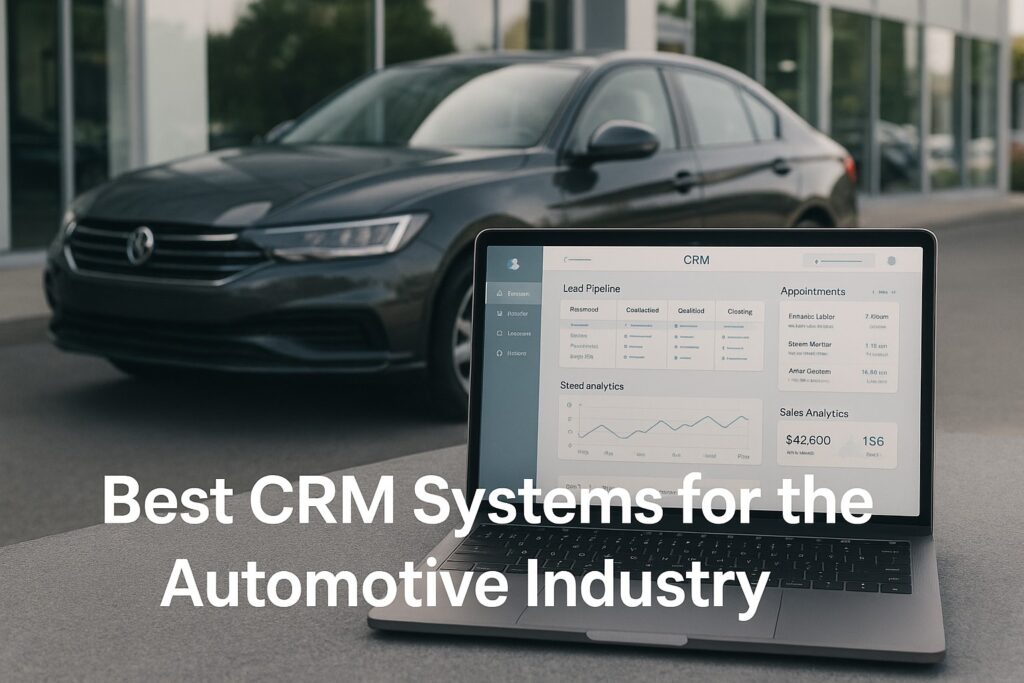In today’s fast world, managing customer relationships well is key. CRM automation is a great tool for businesses. It changes how they talk to customers.
Using customer relationship management systems with auto processes helps a lot. It makes work easier, cuts down on manual tasks, and makes customers happier.
The automation benefits are many. They include saving time, making work better, and letting businesses grow.
In this article, I’ll show how CRM automation can change the game. It helps businesses manage their customer relationships better and stay ahead.
The Power of CRM Automation in Today's Business Landscape
CRM automation is changing how companies manage their customers. It makes customer management better and more personal. This change is big for businesses and their customers.

Why Traditional CRM Systems Fall Short
Old CRM systems don’t meet today’s business needs. They need manual data entry, which takes a lot of time and can have mistakes. They also don’t have the tools for personal customer experiences.
Old CRM systems can’t work well with other apps. They also can’t change easily when business needs do. This leads to a broken view of customers and missed chances to connect with them.
The Automation Revolution in Customer Management
The need for businesses to be quick, responsive, and focused on customers is driving change. CRM automation helps companies automate routine tasks. This lets them focus on important things like building relationships and growing sales.
With CRM automation, businesses get a unified customer view. This means they can give personal experiences at every touchpoint. It makes customers happy, loyal, and keeps them coming back.
CRM Automation Explained: Core Components and Functionality
Exploring CRM automation, I see its key parts changing how we manage customer relationships. It uses technology to make customer interactions better. Knowing these parts helps businesses use CRM automation well.
Intelligent Data Collection and Management
CRM automation focuses on smart data collection and management. It uses new tech to get and understand customer data from many places. Accurate data collection helps businesses make smart choices and connect with customers better.
| Data Collection Methods | Benefits | Outcomes |
|---|---|---|
| Social Media Integration | Real-time customer feedback | Improved customer satisfaction |
| Automated Form Submissions | Reduced manual data entry | Increased productivity |
| IoT Device Integration | Enhanced customer behavior insights | Personalized customer experiences |
Workflow and Process Automation
Workflow and process automation are also key. They make tasks less manual, cutting down on mistakes and boosting speed. This lets teams do more important work that grows the business. Streamlined workflows also help businesses meet customer needs fast.

Multi-Channel Communication Automation
Lastly, multi-channel communication automation is important. It automates talking to customers through different ways like email and social media. This makes sure customers hear from the business on time, making them happier and more loyal.
In summary, CRM automation’s main parts work together to improve managing customer relationships. With smart data, automated workflows, and talking to customers in many ways, businesses can succeed more.
Time-Saving Benefits That Transform Your Workday
CRM automation changes the game for businesses today. It saves a lot of time, making workdays better. Let’s look at how CRM automation saves time and improves your day.
Saying Goodbye to Manual Data Entry
CRM automation ends the need for manual data entry. It keeps customer info up to date, reducing mistakes. This lets staff do more important work.
For example, sales teams save 2 hours a day. They can focus on deals, not just data entry.
Key benefits of automated data entry include:
- Reduced administrative burden
- Improved data accuracy
- Increased productivity
Streamlining Customer Communications at Scale
CRM automation also makes talking to customers easier. It automates emails and messages. This saves time and makes customers happier.
For example, automated emails help nurture leads. This means less manual work and better customer care.
One-Click Reporting and Real-Time Analytics
CRM automation also makes reports and analytics easy. No more manual work. You get instant insights into how you’re doing.

These benefits change how businesses work and grow. CRM automation is more than a tool. It’s a game-changer for how companies operate and connect with customers.
Productivity Boosters: Working Smarter, Not Harder
Using CRM automation every day can make things much better. It makes processes smoother and cuts down on manual work. This lets businesses do more important things that help them grow and make customers happy. CRM automation changes how teams work and talk to customers.

Breaking Down Silos with Team Collaboration Tools
CRM automation helps teams work better together. It uses tools that let everyone share information easily. This way, everyone knows what’s going on and works together.
Sales, marketing, and customer service can all see the same customer info. This cuts down on mistakes and makes things more efficient.
Leveraging AI-Powered Customer Insights
CRM automation also uses AI to understand customers better. AI looks at customer data and finds things humans might miss. This helps businesses talk to customers in a way that feels personal.
This makes customers more loyal and happy to stay with the business.
Accelerating Response Times and Decision-Making
CRM automation also makes things happen faster. It makes sure leads get followed up on quickly and answers customer questions fast. Plus, it gives businesses the data they need to make quick, smart choices.
This speed is key in today’s fast-paced business world.
By using CRM automation, businesses can work much better. It’s about using technology to be more efficient and make customers happier.
Must-Have CRM Automation Features for Maximum Impact
The right CRM automation features can change your business for the better. They make things run smoother and more efficiently. This helps your business grow and connect better with customers.
Intelligent Lead Scoring and Qualification
Intelligent lead scoring is a big deal for sales teams. It uses AI to check how leads interact with your brand. This way, sales teams can focus on the best leads, leading to more sales.
Key benefits include:
- Improved lead qualification accuracy
- Enhanced sales team productivity
- Better alignment between marketing and sales efforts
Personalized Email Marketing Sequences
Personalized email marketing sequences help nurture leads with the right content. Automating these sequences means you can keep in touch without doing it all by hand.
Benefits of personalized email sequences include:
- Increased lead engagement
- Improved conversion rates
- Enhanced customer experience
| Feature | Description | Benefit |
|---|---|---|
| Intelligent Lead Scoring | AI-driven lead analysis | Improved sales efficiency |
| Personalized Email Sequences | Targeted lead nurturing | Enhanced customer engagement |
| Smart Task Management | Automated task prioritization | Increased productivity |
| Self-Service Customer Support | AI-powered customer assistance | Reduced support queries |
Smart Task Management and Prioritization
Smart task management makes sure tasks are done in the right order. This helps teams work better and faster.
Self-Service and Chatbot Customer Support
Self-service and chatbot support let customers help themselves. This means fewer questions for your team. They can then focus on harder problems.
Advantages include:
- 24/7 customer support availability
- Reduced support costs
- Improved customer satisfaction
Implementing CRM Automation: Your Step-by-Step Roadmap
To get the most out of CRM automation, you need a good plan. This plan should include several key steps. These steps will help you add CRM automation to your business smoothly.
Auditing Your Current Processes and Pain Points
The first step is to check your current processes and find pain points. Look at your workflows, data handling, and how you talk to customers. This will show you where automation can help a lot.
Knowing your current ways helps you see how CRM automation can make things better. It can make tasks easier, work more efficiently, and make customers happier.
Selecting the Right CRM Platform for Your Needs
Picking the right CRM platform is key for good CRM automation. Think about things like how it grows, how it connects with other tools, how easy it is to use, and how you can change it.
It’s important to look at different CRM platforms and compare them. This will help you find the one that fits your business best.
| CRM Platform | Scalability | Integration Capabilities | User Interface |
|---|---|---|---|
| Salesforce | High | Excellent | User-friendly |
| HubSpot | Medium | Good | Intuitive |
| Zoho CRM | High | Excellent | Customizable |
Building Your First Automated Workflows
After picking a CRM platform, start making your first automated workflows. Look for simple tasks to automate, like assigning leads or sending follow-up emails.
Use your CRM’s tools to make and test your workflows. Make sure they work well and are efficient.
Change Management: Getting Your Team On Board
To use CRM automation well, you need to get your team ready. Give them good training and support. This will help them see the benefits and how to use it.
Talking about the good things about CRM automation and involving your team will help. This way, they will be more open to using it.
Measuring Success: CRM Automation ROI and Metrics
It’s key for businesses to check if CRM automation is worth it. By seeing how it changes their work, they can plan better for the future.
Key Performance Indicators to Track
To really see if CRM automation is working, businesses should watch certain numbers. These numbers include how many sales they make, how fast they answer leads, and how happy their customers are. Looking at these numbers helps businesses see how automation changes their sales and customer service. Some important numbers to watch are:
- Sales productivity gains
- Reduction in manual data entry tasks
- Improvement in customer engagement metrics
Time and Cost Savings Calculations
CRM automation can save a lot of time and money. Businesses should count how much time they save by not doing things by hand. By automating simple tasks, companies can use their time for more important things. Saving money is big, because it means less work for people and fewer mistakes.
Customer Satisfaction and Retention Metrics
How happy customers are and if they stay is very important. By looking at what customers say, how often they come back, and their NPS, businesses can see if automation is helping. Happy customers often come back and buy more, which helps the business a lot. Checking these numbers often helps businesses make their automation better for customers.
By looking at these areas, businesses can really understand if their CRM automation is paying off. This helps them make smart choices for their customer service.
Overcoming Common CRM Automation Challenges
Businesses starting their CRM automation journey face many obstacles. CRM automation brings many benefits but also challenges. To use it well, companies must overcome these hurdles.
Ensuring Data Quality and Integrity
Keeping data accurate is a big challenge in CRM automation. Bad data can lead to wrong insights and poor automation. To fix this, businesses need to use strong data checks and clean data often.
| Data Quality Issue | Impact on CRM Automation | Solution |
|---|---|---|
| Inaccurate contact information | Failed email campaigns | Regular data validation |
| Outdated customer records | Irrelevant customer interactions | Automated data updates |
| Duplicate customer entries | Confusing customer profiles | Data deduplication processes |
Managing Resistance to New Technology
CRM automation changes how we work. To deal with this, businesses need good change management. This includes training and explaining how automation helps.
Seamless Integration with Your Tech Stack
Integrating CRM automation with current tech is hard. To solve this, companies should look closely at their tech stack. They should pick CRM tools that fit well with what they already use.
By tackling these common CRM automation challenges, businesses can make their CRM work better. This leads to more benefits from their CRM efforts.
Conclusion: Embracing the Future of Customer Relationship Management
Looking ahead, automation is key in CRM’s future. It will change how we manage customer relationships. This change will help businesses succeed and stay ahead.
CRM automation brings many benefits. It makes processes smoother, boosts productivity, and improves customer experiences. With the right CRM and automated workflows, businesses save time and money. They also make customers happier and keep them coming back.
As we move forward, CRM is more important than ever. It helps businesses grow and build strong customer ties. I urge businesses to use CRM automation. It will change their customer relationships and help them succeed in the future.
FAQ
What is CRM automation, and how can it benefit my business?
CRM automation makes managing customer relationships easier. It automates tasks and improves how you talk to customers. This saves time and makes your team more productive.
How does CRM automation differ from traditional CRM systems?
Old CRM systems don’t always meet business needs. CRM automation changes this by using smart data and automating workflows. It also makes talking to customers across different channels easier.
What are the core components of CRM automation?
CRM automation has three main parts. It collects and manages data smartly. It automates workflows and talks to customers in many ways. Together, they make business processes smoother and improve how you connect with customers.
How can CRM automation save me time and improve productivity?
CRM automation saves time by doing tasks automatically. It makes talking to customers easier and gives you quick reports. This lets your team focus on important tasks and work better together.
What are the must-have features of CRM automation for maximum impact?
Key features of CRM automation include smart lead scoring and email marketing. It also has task management and customer support through chatbots. These features help businesses reach their goals and succeed.
How do I implement CRM automation in my business?
Start by checking your current processes and what’s not working. Choose the right CRM platform for your business. Then, create your first automated workflows and help your team adjust to the change.
How do I measure the success of CRM automation in my business?
To see if CRM automation works, watch key performance indicators. Look at how much time and money you save. Also, check how happy your customers are and if they stick around.
What are some common challenges of CRM automation, and how can I overcome them?
Challenges include keeping data clean and getting your team to use new tech. To solve these, validate your data, manage change well, and plan how to integrate with your current systems.
Is CRM automation suitable for businesses of all sizes?
Yes, CRM automation helps all kinds of businesses. It’s good for small startups and big companies. It offers a flexible way to manage customer relationships and grow your business.


